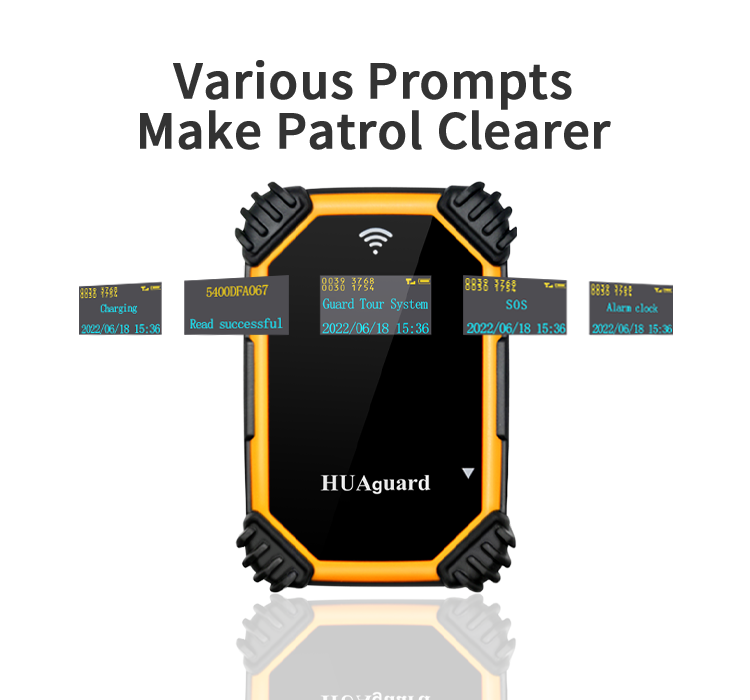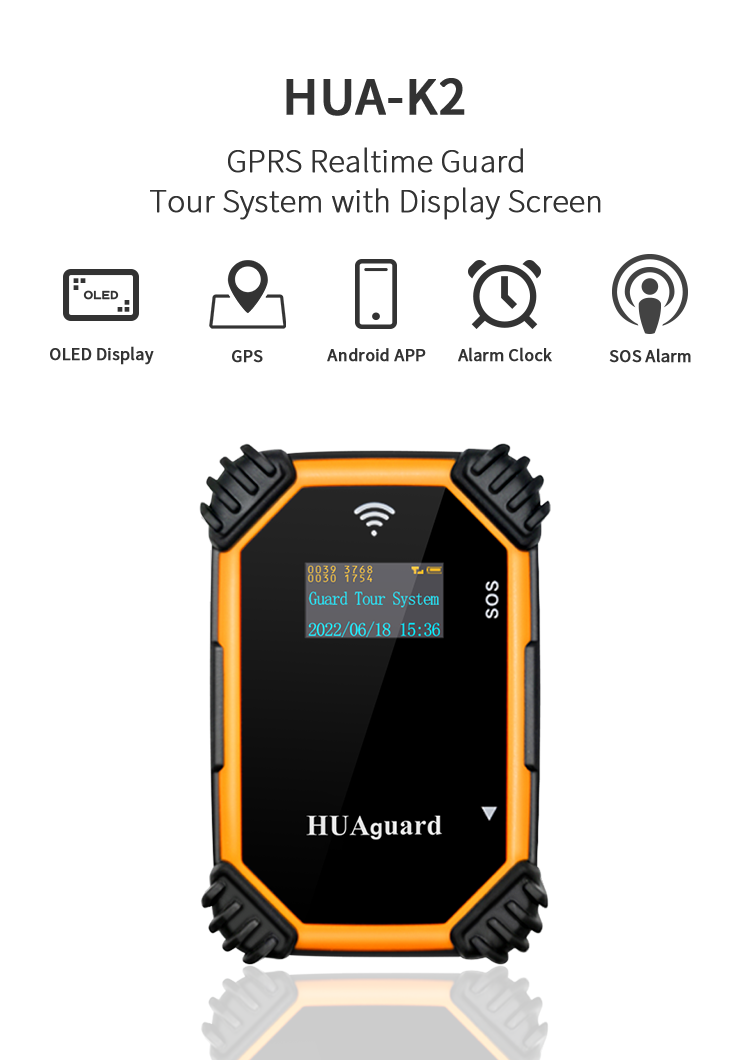

One of the primary functions of access control gate systems is to limit unauthorized access to critical or restricted areas within a facility. Sensitive departments such as finance, R&D, and data storage spaces often contain valuable or confidential information. Without proper access control systems, internal threats from employees or other personnel who have access to the building but may not be authorized to enter specific areas can affect these areas. With advanced access control gate systems, organizations can implement strict access protocols, requiring unique credentials to enter sensitive areas. This ensures that only authorized personnel have access to high-risk areas, reducing the likelihood of internal security breaches.

Another key feature of access control gate systems is the ability to monitor and track people within a facility in real-time. Security cameras, door sensors, and other monitoring tools often integrate with these systems to create a complete picture of activity within a building. When a person swipes an access card or performs biometric verification at the door, the system records the time of entry and exit and the specific location they entered. This feature not only allows organizations to track who enters or leaves a particular area but can also serve as a deterrent to potential bad actors. Recording and monitoring their actions gives employees and visitors a sense of accountability. Additionally, security personnel can immediately review logs and video footage to identify the individuals involved if a breach or suspicious activity occurs.
Access control gate systems can be configured to implement role-based RBAC, which ensures that individuals can only access areas necessary to perform their job duties. In large organizations, different departments and employees have different security needs. For example, a receptionist does not need access to a company's data centre, while a system administrator may need access to multiple server rooms.
By implementing RBAC in access control gate systems, organizations can assign specific access rights to employees based on their roles within the company. This minimizes the risk of individuals entering unauthorized areas and reduces the likelihood of malicious behavior. In addition, it simplifies the process of managing security permissions through centralized access control management, allowing administrators to update permissions when employees change roles or leave the organization.

Two common ways to bypass access control systems are tailgating and hitchhiking. Tailing is when an unauthorized person follows an authorized person through a secure door without using their credentials. Hitchhiking is similar but involves an unauthorized person explicitly obtaining permission from an authorized person to enter a restricted area. Access control gate systems prevent these security breaches by ensuring that each person passes through the door alone. Many modern systems incorporate biometric verification, motion sensors, and automatic door-locking mechanisms that only allow one person through at a time. In addition, some systems include alarms or alerts that notify security personnel when they detect tailgating or hitchhiking.
An internal security breach can have serious legal consequences for many industries, especially when sensitive data or intellectual property is involved. Industries such as healthcare, finance, and government are subject to strict regulatory requirements that require strict access controls to protect sensitive information. Access control gate system help organizations comply with these regulations by ensuring only authorized personnel can enter restricted areas and logging and documenting access for audit purposes. You can configure these systems to meet specific industry standards, such as HIPAA in healthcare or GDPR in Europe. Organizations can demonstrate due diligence in protecting sensitive data by implementing access control systems.
In summary, access control systems are essential for organizations looking to protect themselves from internal security breaches. By limiting unauthorized access, tracking movement, enforcing role-based access control, preventing tailgating, ensuring regulatory compliance, and integrating with other security measures, these systems provide comprehensive protection against insider threats. Proactive use of access control systems creates a secure work environment and reduces the risk of data theft, destruction, or accidental disclosure of sensitive information.